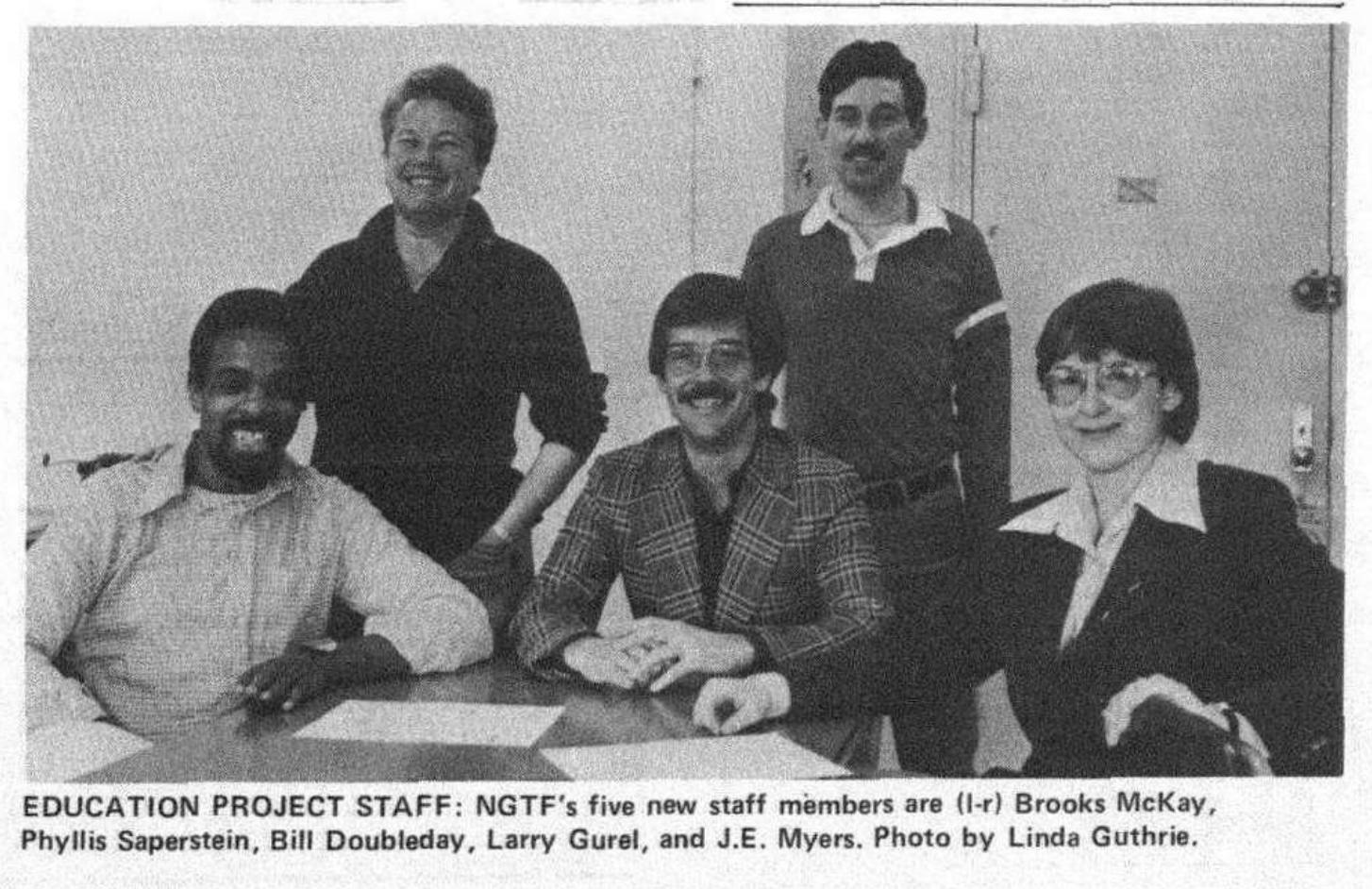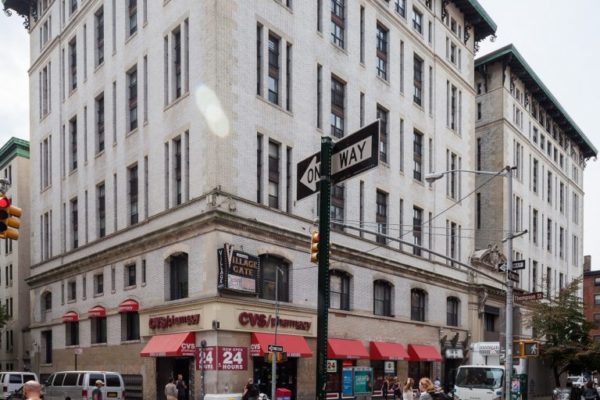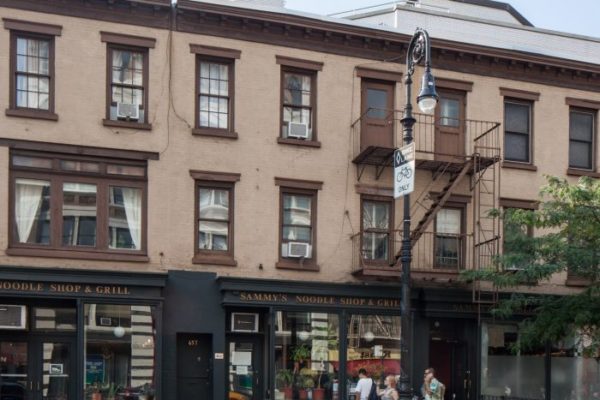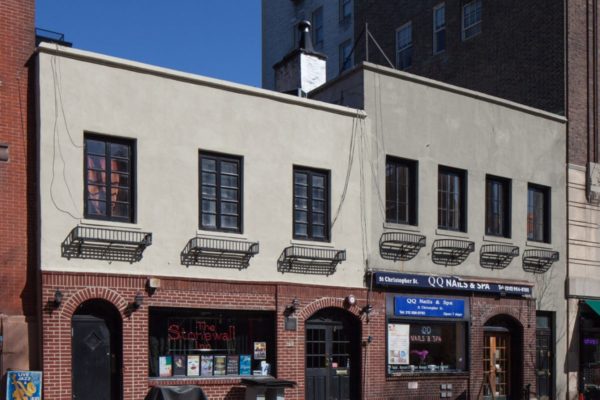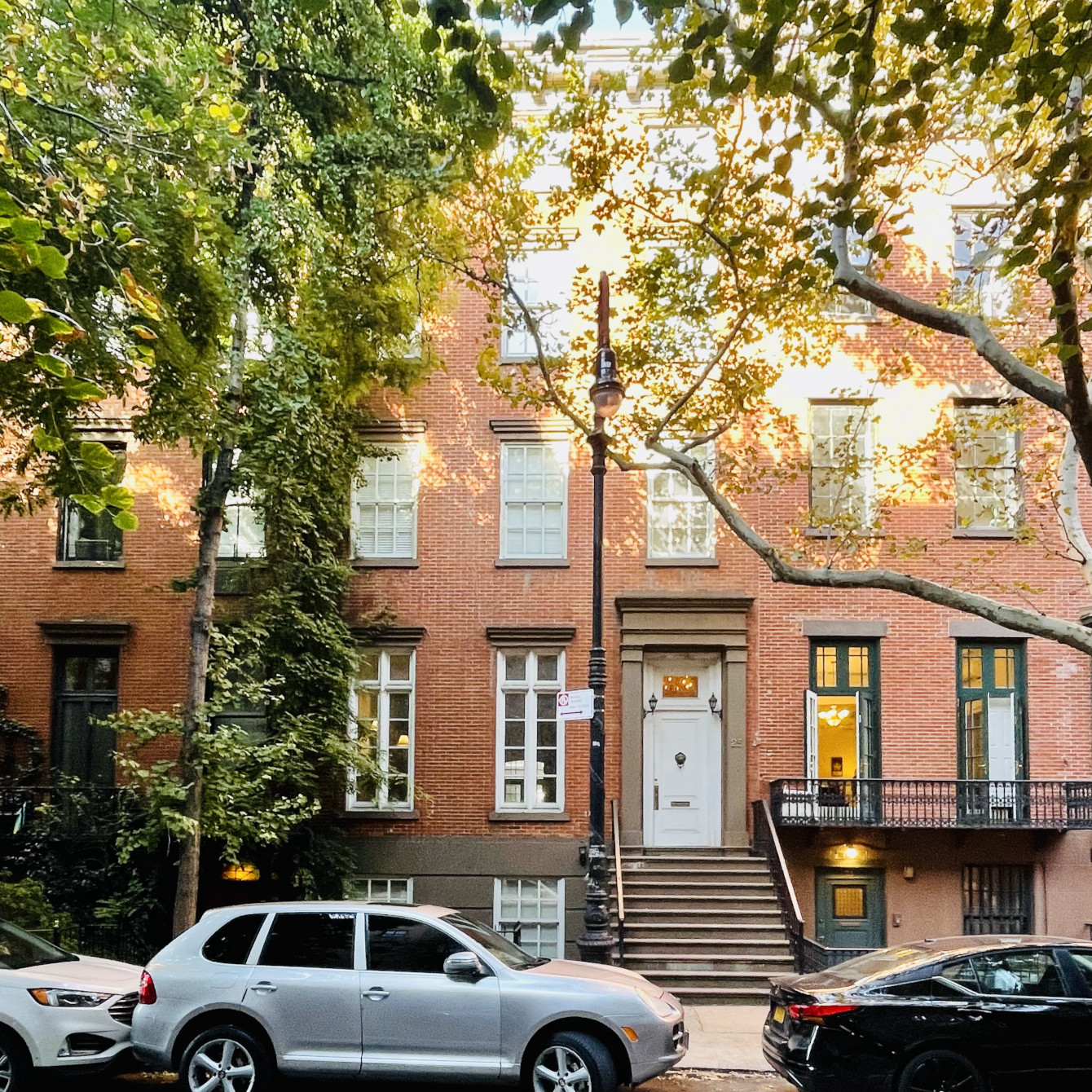
Phyllis Saperstein Residence & Office
overview
In 1962, lesbian feminist activist Phyllis Saperstein moved to this Greenwich Village apartment where, from 1976 to 1978, she operated a private counseling practice for transgender individuals funded by the Erickson Educational Foundation (EEF), a non-profit organization whose primary mission was to provide support, education, and referral services to transgender people.
In addition to her work with the EEF, Saperstein was also involved in influential LGBT organizations such as the National Gay Task Force and the Lesbian Herstory Archives and advocated for the rights of people living with AIDS.
On the Map
VIEW The Full MapHistory
Phyllis Saperstein (1932-2005) was born in the Bronx and attended Brenau College in Gainesville, Georgia, where she majored in psychology and physical education. After graduating, Saperstein worked in her father’s millinery business and made artificial flowers for women’s hats. In 1962, following her mother’s death and the closure of the family business, she moved to an apartment at 25 West 10th Street in Greenwich Village.
Saperstein had various careers including managing an antique shop, a sportswear store, and volunteering for the American Cancer Society. In 1971, Zelda R. Suplee, Director of the Erickson Educational Foundation (EEF), hired Saperstein, whom she met at a nudist resort in New Jersey, as a counselor. A main function of the EEF was to offer information, support, and referral services to transgender individuals. Suplee primarily ran the day-to-day operations of the organization, and Saperstein provided counseling for trans people in need of support.
Unlike some lesbian feminists, Saperstein had little issue with trans members of the LGBT community. As her longtime friend Joan Nixon recalled, “[Phyllis] had an inclusive appreciation of the gay and lesbian community and was a heroic pioneer.”
When the EEF suspended operations in 1976, Saperstein opened a private practice and continued to counsel trans people from her residence with financial support from the EEF’s founder, Reed Erickson. In 1978, she was hired as a member of the National Gay Task Force’s (NGTF; now known as the National LGBTQ Task Force) Education Project staff. The NGTF was the first national LGBT political advocacy organization, and Saperstein’s role was to recruit and organize volunteers for its education campaigns.
Saperstein was also involved in the NGTF Women’s Caucus, volunteered at the Lesbian Herstory Archives when they were located in founder Joan Nestle’s apartment on West 92nd Street, and campaigned for feminist political candidates such as Bella Abzug and Ginny Apuzzo. Nixon observed that Saperstein was unlike most women involved in lesbian feminist organizing:
“Phyllis was different from the other women in the [NGTF] Women’s Caucus. We were both lesbian feminists, but Phyllis was a dyke from the pre-reformist days. She had endured hostility from some family members for wearing slacks and button-down shirts, a short haircut, and hanging out at gay and lesbian bars.”
Saperstein participated in the first and second March on Washington for Lesbian and Gay Rights that took place on October 14, 1979, and October 11, 1987, respectively, and advocated for the rights of people with AIDS.
After a long career as an activist, she died from complications due to heart disease and cancer in 2005. Eschewing a grave site or memorial, she donated her body to the New York University Medical School.
Entry by Jeffry Iovannone, project consultant (July 2022).
NOTE: Names above in bold indicate LGBT people.
Building Information
- Architect or Builder: Runyon W. Martin
- Year Built: 1847
Sources
Aaron Devor, “Reed Erickson (1917-1992): How One Transsexed Man Supported ONE,” Before Stonewall: Activists for Gay and Lesbian Rights in Historical Context, Vern L. Bullough, ed., (New York: Harrington Park Press, 2002), 383-392.
Andy Humm and Joan Nixon, “Phyllis Saperstein Recalled,” Gay City News, January 4, 2005, accessed June 6, 2022, bit.ly/3QjCBrH.
“Introducing: NGTF Staff Members,” It’s Time: Newsletter of the National Gay Task Force, Vol. 5, No. 6, June-July 1978.
Joanne Meyerowitz, How Sex Changed: A History of Transsexuality in the United States (Cambridge, MA: Harvard University Press, 2002).
Wilma, “From Our President’s Pen,” TVIC Journal, Vol. 5, No. 50, October 23, 1976.
Zagria, “Zelda R. Suplee (1908-1989) Director of Erickson Educational Foundation,” A Gender Variance Who’s Who, March 21, 2016, accessed June 6, 2022, bit.ly/3OdWqif.
Do you have more information about this site?
This project is enriched by your participation! Do you have your own images of this site? Or a story to share? Would you like to suggest a different historic site?
